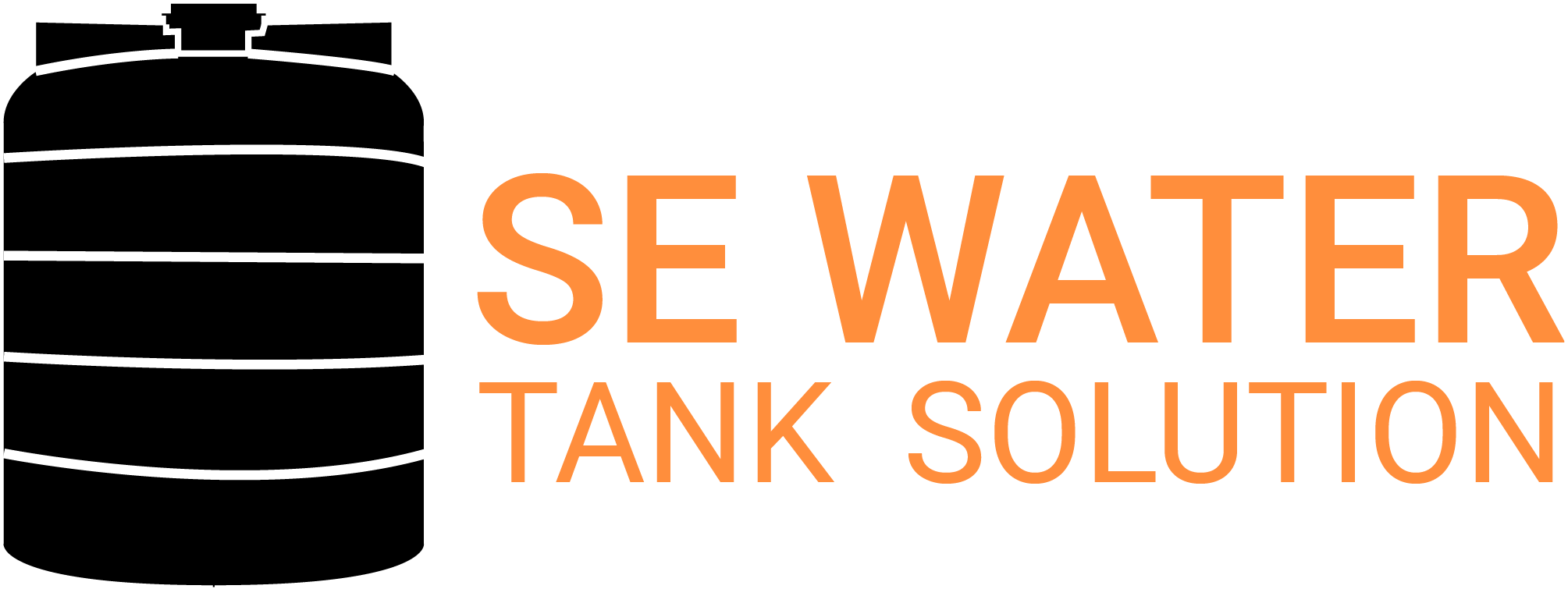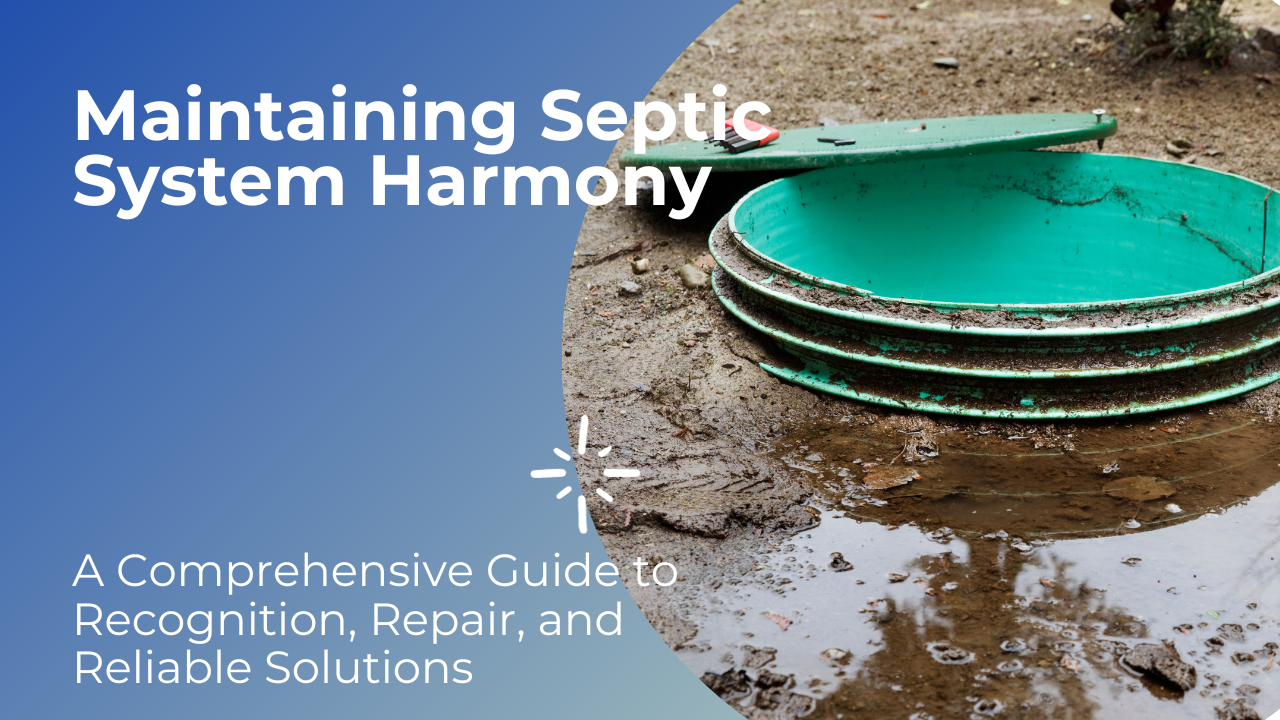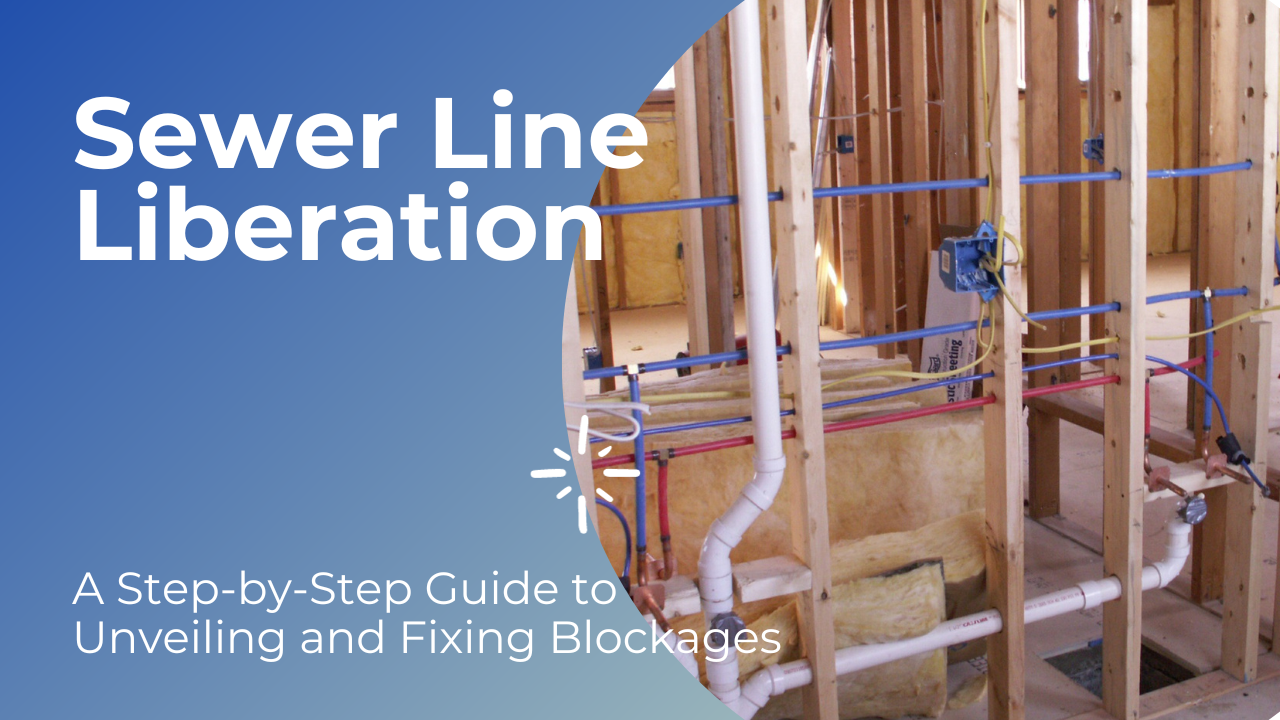One innovation in the ever-evolving home improvement landscape stands out as a game-changer for plumbing systems – PEX (cross-linked polyethylene) piping. Gone are the days of rigid copper or PVC pipes; enter the flexible, durable, and versatile world of PEX. This content takes you on a journey through the wonders of PEX plumbing, exploring its origins, the manifold benefits it brings to residential and commercial plumbing, installation processes, and why it’s becoming the material of choice for modern plumbing projects like in commercials and residentials.

The Rise of PEX Plumbing
PEX plumbing represents a significant departure from traditional plumbing materials. Developed in the late 1960s, PEX has gained widespread acceptance in recent years for its adaptability and resilience. Unlike rigid materials, PEX is known for its flexibility, making it easier to install in various configurations and navigate tight spaces. This section delves into the origins of PEX and the factors that led to its meteoric rise in the plumbing industry.
Advantages of PEX Plumbing
Why are homeowners and contractors increasingly turning to PEX? The advantages are manifold. Explore the benefits of PEX plumbing, including its resistance to corrosion, flexibility to expand and contract with temperature changes, and enhanced durability. Learn how PEX piping minimizes the risk of leaks, resists scale buildup, and provides better insulation against water temperature fluctuations. This section is a comprehensive guide to understanding why PEX is revolutionizing plumbing systems across the globe.
PEX Installation: A DIY Dream
One of the standout features of PEX plumbing is its user-friendly installation process. Whether you’re a seasoned plumber or a DIY enthusiast, working with PEX is a breeze. Dive into the step-by-step guide for installing PEX pipes, including crimp or clamp connections and the revolutionary PEX manifold system. Uncover the simplicity and efficiency that PEX brings to plumbing projects, empowering homeowners to take charge of their installations.
PEX Applications: Beyond the Basics
PEX isn’t confined to just water supply lines; its versatility extends to various plumbing applications. Explore how PEX is used in radiant floor heating systems, replacing traditional copper pipes in baseboard heating. Understand its compatibility with potable water and its resistance to chlorine and other chemicals, making it a reliable choice for plumbing in diverse settings. Discover the flexibility that PEX brings to the table, adapting seamlessly to the demands of different applications.
PEX vs. Traditional Materials
PEX goes head-to-head with traditional options like copper and PVC in the clash of plumbing materials. Delve into a comparative analysis, weighing the pros and cons of each material. From cost considerations and installation ease to longevity and resistance to corrosion, this section provides a comprehensive overview, helping you make informed decisions when choosing the right material for your plumbing needs.
Sustainability and Future Trends
As sustainability takes center stage, PEX plumbing emerges as an eco-friendly choice. Explore how PEX’s durability and resistance to corrosion contribute to a longer lifespan, reducing the need for replacements and repairs. Uncover the environmental impact of PEX compared to traditional materials and how it aligns with the growing trend toward sustainable construction practices. This section provides a glimpse into the future of plumbing, with PEX Plumbing leading the charge.
Conclusion
In the dynamic world of plumbing, PEX has emerged as a revolutionary force, reshaping how we approach water distribution and heating systems. From its flexible installation to its myriad benefits, PEX plumbing has become a staple in modern construction. As homeowners and industry professionals embrace the versatility and efficiency of PEX, the plumbing landscape is set for a transformation. Get ready to ride the wave of innovation with PEX – where flexibility meets durability and plumbing reaches new heights.






